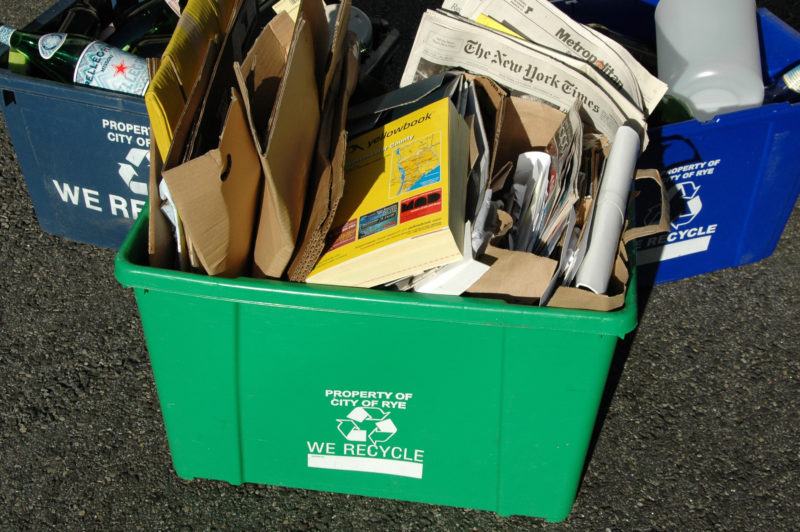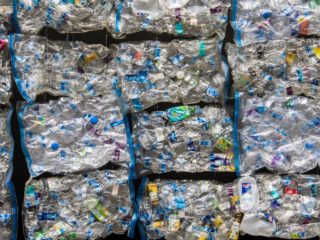Does recycling work? It’s a complicated question …
Let me back up before I tackle that question and ask you first whether you recycle. Do you have a bin of paper and plastics that you put out every week? Perhaps they’re sorted into separate bins for pickup, or you have, conveniently, one bin for everything. And if you’ve just finished drinking a bottle of water or a to-go coffee, do you faithfully search out a recycling can to dispose of it?
I bet you answer yes to all of these questions. Like me and many others, you care about the environment and you don’t want to see a build-up of waste. What better way to reduce waste than to recycle, right? Unfortunately, it’s not that simple.
I’ll walk you through some recycling facts and I think you’ll realize how asking the question, “does recycling work?” doesn’t produce a clear answer. The good news is that there’s a lot we can do together to recycle responsibly and, even better, reduce the waste that we generate.
What Happens Behind the Scenes
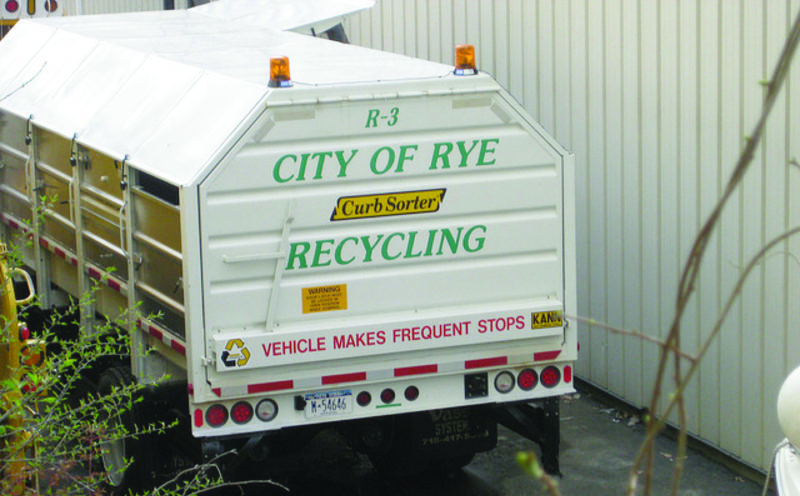
So where does that plastic container go once you’ve placed it in the recycling bin? There are a few, seemingly simple, steps:
- Collection. This can be done either through curbside, drop-off, buy-back, or deposit programs. In our town, we have curbside and drop-off locations.
- Processing. Materials are brought to a Material Recovery Facility (MRF) where they’re cleaned and sorted into different groups, then bundled into large bales.
- Materials Sold. The baled materials are sold (hopefully) on the open market and recycled into new products.
Sounds straightforward, right? Well, there’s a bit more to it and plenty of opportunities for all those items you faithfully placed in the recycling bin to simply end up in a landfill.
Does Recycling Work? A Closer Look at Process Challenges
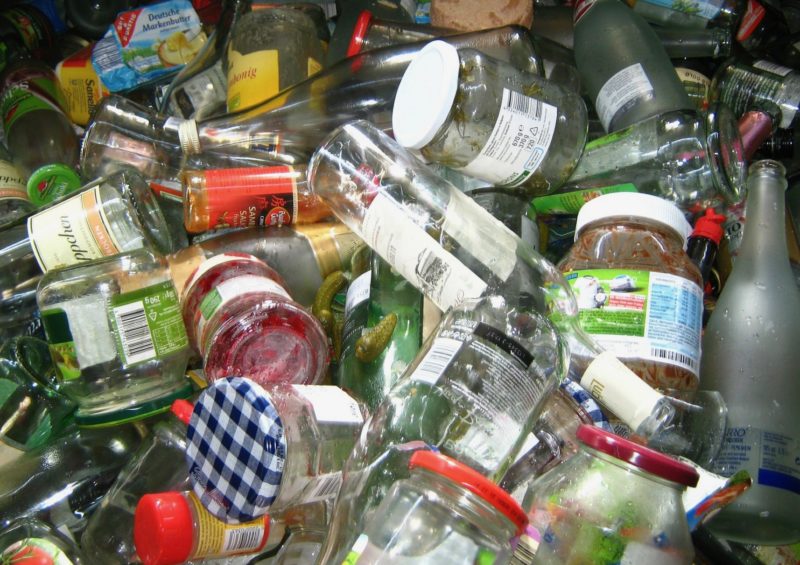
Collection Challenges: Purity
The biggest challenge with recycling materials is purity. If an item in a bin of recyclable materials is greasy, covered in food, or, in the case of paper goods, soaking wet, the entire bin is typically rejected and sent to the landfill or incinerated.
Confusion. What and how to recycle is confusing! While we want to do the right thing, most of us don’t know all the rules. Can you recycle that greasy pizza box? (Yes.) Plastic bottle caps? (It depends on the municipality.) Cereal boxes? (It depends.) The list of questions goes on… And many times it’s difficult to find the correct answer.
Wish-cycling. So, while we’re throwing items in the recycling bin or diligently bringing them to a recycling center, we may be merely “wish-cycling” – hoping that these items will somehow be recycled. Wish-cycled items eventually get sent to the landfill or clog recycling plant machinery.
Single-Stream vs Dual-Stream
Dual-stream recycling depends on people sorting their recyclables into commingled materials (containers, bottles, cans) and mixed paper (cardboard, paper).
Single-stream recycling is meant to encourage people to recycle more. Instead of having to sort waste into separate bins, all recyclables are simply thrown in one bin.
The problem with single-stream? In short, cross-contamination, which leads to higher contamination rates. Just a few non-recyclable or dirty items can be considered unacceptable, even if the rest of the bin is filled with clean items. So one or two contaminants in a bin can cause the entire bin to be sent to the landfill.
Products: Who Buys this Stuff?
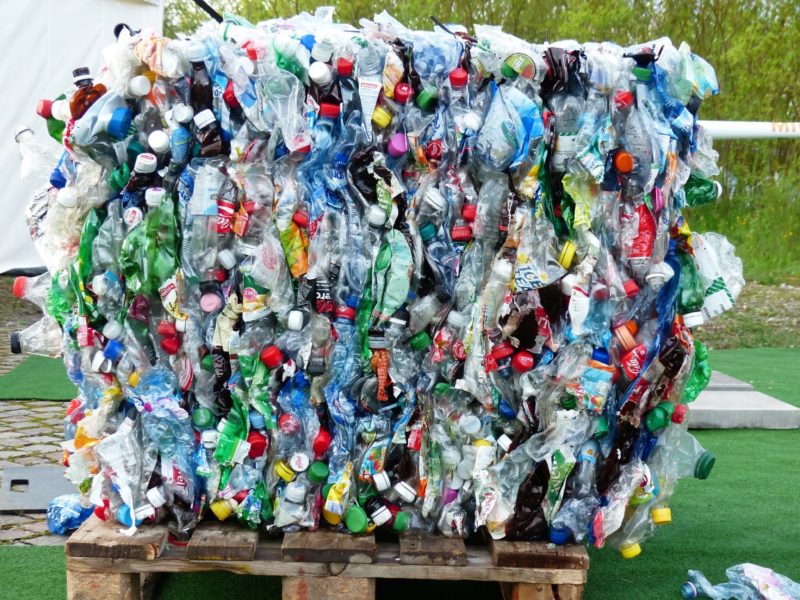
Remember – Recycling is a business. Your recyclables are typically collected and processed by a private waste management company looking to make a profit. The materials are then assembled into massive bundles (bales) for sale.
For many years, China was the main buyer of recyclable material. In 2018, however, China passed its National Sword policy that sets impossibly low contamination standards on 24 types of imported waste material.
These new standards have caused a drastic decline in the market for recyclable materials. According to the New York Times, plastic scrap exports “valued at more than $300 million in 2015, totaled just $7.6 million in the first quarter of [2018], down 90% from a year earlier.”
What does all this mean? Facing increased prices to haul recyclables, some cities and towns have drastically scaled back or even stopped their services. And yes, you guessed it: bales of recyclable materials are ending up in landfills or being incinerated.
Does Recycling Work? Some End Notes
Let’s Look at the Products
All those reassuring recycling labels tell us that the product we dispose of will be recycled, right? Actually, even in ideal market conditions, not everything can be recycled or will be turned into a new, durable, and worthwhile product.
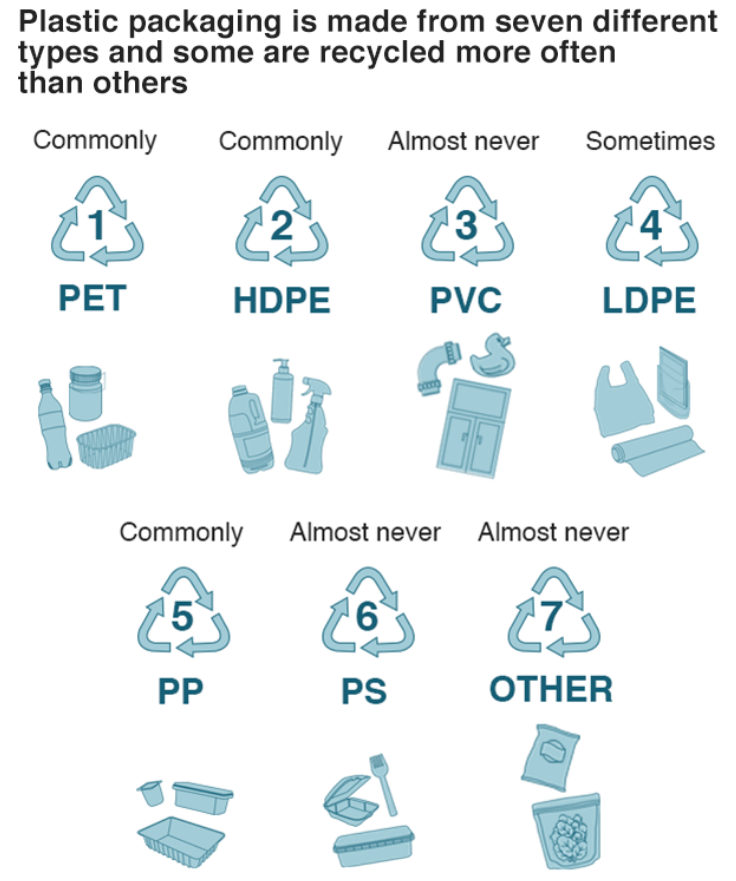
While glass and metal can be recycled almost indefinitely, plastic can’t be recycled more than a few times. Plastics are down-cycled into lesser quality plastic products. Eventually, that plastic product is rendered useless and will end up in the landfill or be incinerated.
Recycling Rates
Lastly, let’s take a look at how much of all these materials produced is actually collected and recycled.
The recycling rate in 2015 for all materials was just over 34% – a pretty poor result when you consider Americans generated 262 million tons of waste.
It’s also alarming to learn that only about 9% of all plastic is recovered and recycled. That means that over 90% is sent to the landfill, incinerated, or, worst pollutes our environment for hundreds of years.
Should We Scrap Recycling?
Reduce!
Educate Yourself and Others
- Green That Life’s Recycling Resources page has all the information you need to find out how to recycle any item.
- Your town or city’s website should have a section on recycling with guidelines.
- Reduce and Reuse tips can be found in Section 3 of my spring (green) clean post.
“Recycle” Your Food
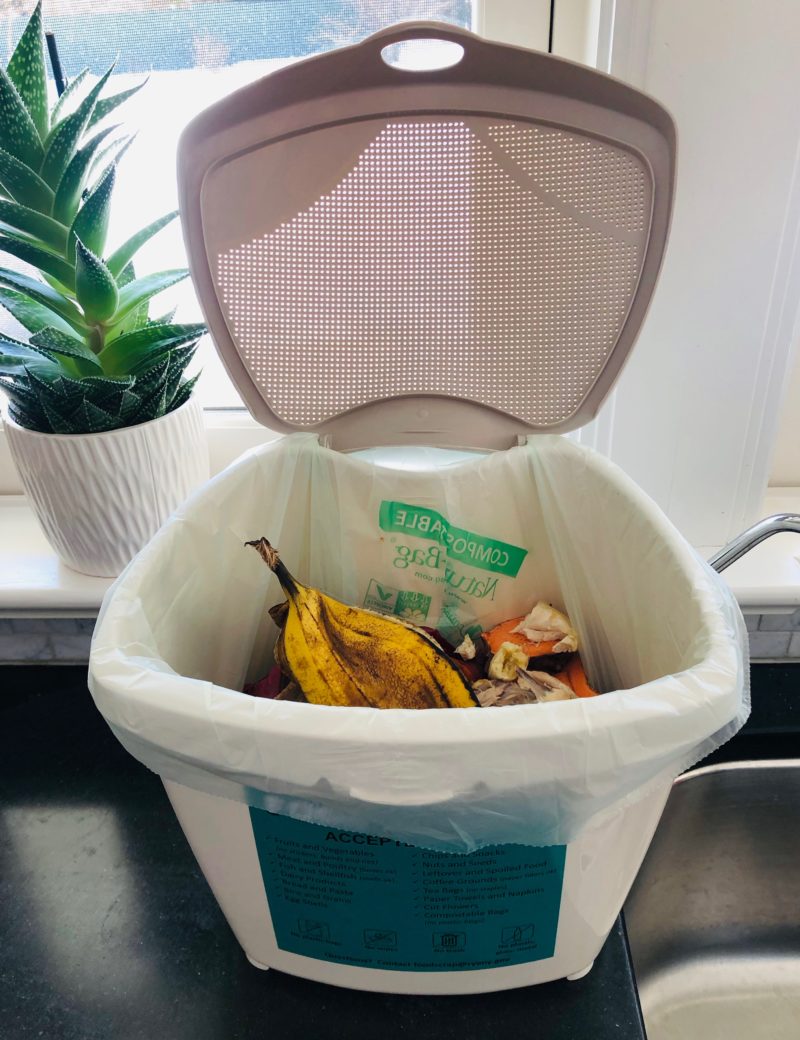
Around 40% of our food ends up in the garbage. You may not think of food as something that can be recycled, but all that food you throw away can be recycled into nutrient-rich compost.
There are so many simple ways you can reduce the food you waste. Green That Life’s post on food waste will help you whittle that waste.
Reuse and Re-purpose
There are a ton of items that we all toss in the trash that can actually be reused or repurposed.
See Green That Life’s post on spring (green) cleaning for tips and resources on how to donate and repurpose unwanted items.

